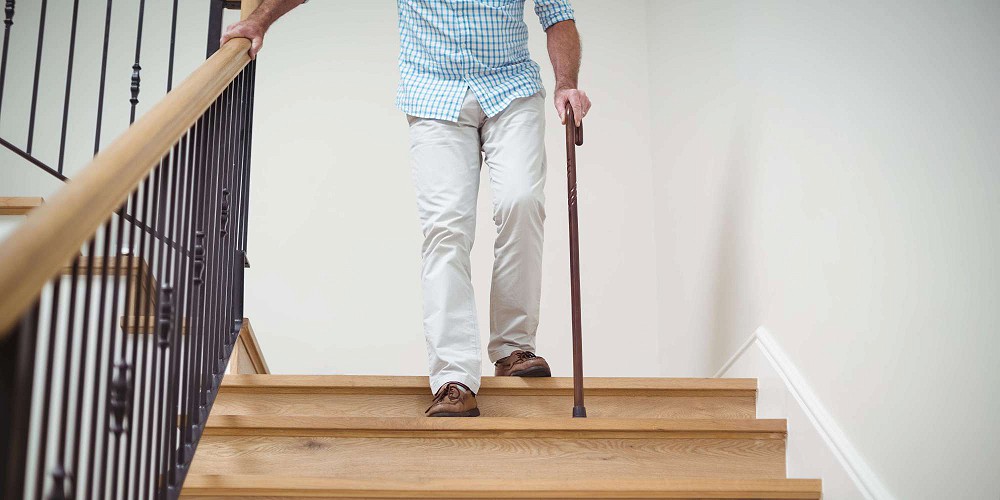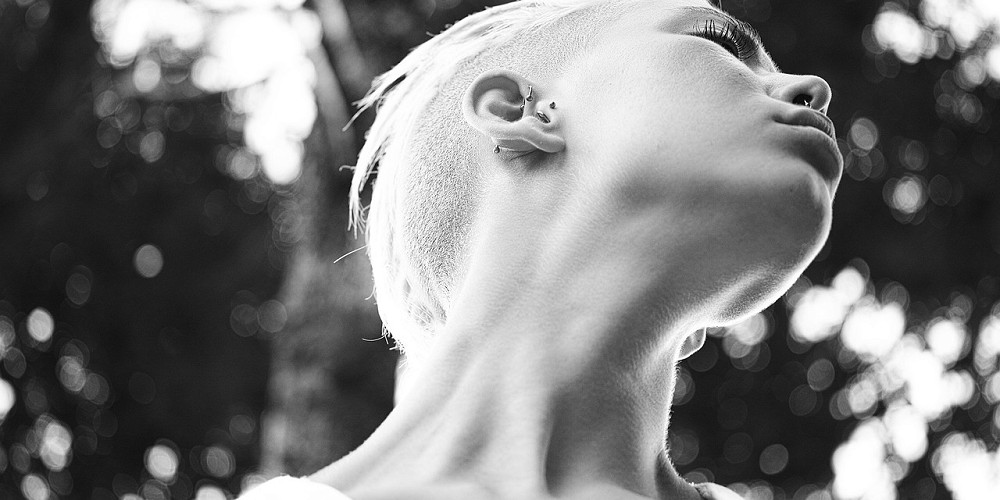Neck Pain: Causes & Treatment
Have you ever woken up with a stiff or aching neck, unable to turn your head, thinking ‘where did that come from?’

It might be hard to believe that the problem did not start overnight. Sometimes it takes months or years to develop neck pain!
The Role of Your Neck
Your neck is made up of seven bony segments (vertebrae) and it’s main job is to support your head that weighs about 10-12 lbs. When the head is properly aligned in a neutral position it distributes its weight well over the spine.
However, research has shown that when tilted even slightly forward - 15 degrees (a common position to look at the cellphone) the weight increases to about 27 lbs.
The more weight you put on your neck, the more likely to cause a neck strain!
What Causes Neck Pain?
Neck pain could be sudden (acute), typically resolving in 1-2 weeks; or chronic, starting gradually and long lasting.
Common Causes of Acute Neck Pain
- Muscle strain. When you wake up with a “locked” neck - it is probably a muscle spasm, caused by a muscle strain.
- Sprain. Happens in ligaments - tissues that connect bones together. Whiplash or sudden trauma to the neck or head, an injury where the head jolts forward or to the side and then back into place very quickly, can cause a neck sprain.
- Tendon irritation. The tissue that attaches muscle to bones might become inflamed with repetitive stress - causing tendonitis.
Common Causes of Chronic Neck Pain:
- Degeneration or wear and tear. The vertebrae and discs in the neck will wear down with age and may be causing persistent pain in the neck.
- Bad sleeping position. Falling asleep with either a lack of support for the head or the neck out of alignment increases the likelihood of waking up with a sore neck.
- Poor posture. Holding the neck out of alignment for extended periods can strain the muscles, most often when a person is bent over their work for several hours during the day.
- Stress and anxiety. Can cause muscles to tighten and you may feel pain from the excess strain (holding tension in your neck and shoulders).
How To Manage Neck Pain
Ease Acute Neck Pain with Rest, Ice, & Heat
Use cold to numb the early acute pain and reduce inflammation. You might try over-the- counter medications like acetaminophen (Tylenol) or non-steroidal anti-inflammatory drugs like Ibuprofen ( Advil) or topical creams. Rest and after a day or two apply heat - heating pad, bean bag or a warm bath/ shower.
Gentle Movement
When the acute pain subsides, move on to gentle stretching and strengthening exercises.
Improve Posture
To avoid another pain episode in the future - correct your posture and avoid the habits that are triggering the muscle tightness and pain.
Is My Neck Pain Something More Serious?
Seek medical advice if your neck pain is severe, lasts for weeks or months, significantly limits the ability to move your head, radiates to your arms or causes numbness and weakness in your hands or other symptoms like a fever/ feeling unwell.
Additional tests might be required to rule out other causes such as arthritis, infection, fracture or a compressed nerve.
Is It Safe to Exercise With Neck Pain?
Exercises to stretch and strengthen the neck, shoulder and upper back muscles can help to recover from painful neck conditions and prevent recurrent problems.
Exercises to Help Alleviate Neck Pain
Chin Tuck - This exercise helps to strengthen the muscles that pull the head back into alignment over the shoulders. To perform this exercise stand with your back to a wall. Pull the upper back and head backwards until the head touches the wall. Keep the chin down and pull the head straight back, not looking up. Hold the head against the wall for 5 seconds. Repeat 10 times.
[SEE IMAGE]
Levator Scapulae Stretch - Start in a seated position. Place the hand of the side you want to stretch behind your back. Take the opposite hand and pull your head forwards and to the opposite side at an angle, until you feel a stretch from the base of your skull down into your shoulder blade. Hold this stretch for 20-30 seconds.
[SEE IMAGE]
Thoracic Mobility: Cat/Camel Pose - Start on your hands and knees with your back in a neutral position. Arch your back, lifting your head up and pushing your tailbone out, making a dish with your spine. Hold this position. Next, bend your back up by tucking your head and tail bone in and pulling your belly button in towards your spine, making a curve through your back. Hold this position, and then repeat 10 times.
[SEE IMAGE]
You May Also Like...
-
 ArticleView Post
ArticleView PostSarcopenia - Age Related Muscle Atrophy
Sarcopenia is a natural, progressive loss of skeletal muscle as we age. Fortunately, this process can be slowed down.
-
 ArticleView Post
ArticleView PostLiving with Osteoporosis: What To Do For Better Bone Health
Osteoporosis is a disease characterized by low bone mass and deterioration of bone tissue, which can lead to increased risk of fracture.
-
 ArticleView Post
ArticleView PostAcute Whiplash Injury Management
What is whiplash? Whiplash is an injury to your neck. It is caused by your neck bending forcibly forward and then backward, or vice versa.